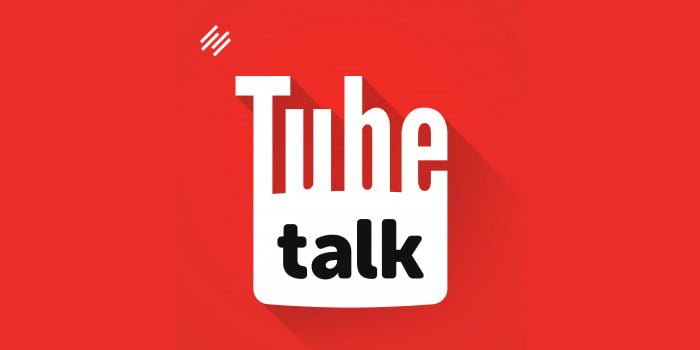Last updated on June 15th, 2024
How do you get the most out of VidCon? How do you remove YouTube apps permissions? How can you improve your YouTube presence with vidIQ?
HOSTS:
- Dane Golden: VidAction.tv | LinkedIn
- Tim Schmoyer: VideoCreators
- Matt Ballek: VidiSEO
This podcast is brought to you by the 2014 ReelVideo Summit, where marketers, storytellers, brands, and retailers gather to get serious about online video. The ReelVideo Summit takes place July 24-25 in San Francisco at the Hotel Nikko near Union Square.
THIS WEEK’S TIPS:
Tip #1: How Do You Get the Most Out of VidCon?
VidCon was last week. Tim Schmoyer says that what you get out of VidCon depends on your objectives. He enjoys the networking most, while for those new to VidCon the panels can be very valuable. He prepares by emailing people in advance and already has questions written down for each person.
During the sessions, Dane uses the AudioNote app for taking notes combined with audio and photos. Tim said that Notability is also good for conferences.
Matt enjoys the networking at VidCon and the value of just having a normal conversation. Dane also enjoys doing the industry track and the things people accidentally mention during panels.
Tip #2: How Do You Remove YouTube Apps Permissions?
Dane Golden says that social media sites like Facebook, Twitter, LinkedIn and Google+ (which is connected to YouTube) have what’s called an API. This lets other companies work with their data within certain parameters. On Facebook and Twitter they’ve made it easier to see which apps are hooked into your accounts. You might be using these accounts to sign in to certain websites or analytics trackers, social media management services, or smartphone apps. You might not remember why or what these are all for.
YouTube/Google/Google+ lets you use these services as well, but they’re harder to find. There are two main places they can be found. And since YouTube is hooked into Google+ and Google architecture, it’s no surprise that the YouTube info is on Google somewhere. Here are the two places:
1) Google Plus apps:
These deal more with Google+ sign-in settings which manage YouTube comments. This is where you can modify who sees your future activity based on your Google+ permissions.
Under the “Visible to” area, you get a choice of which connections can see that you’ve signed into the relevant services and apps. On the right you can roll over a pencil icon to edit the app, and view or delete all activities that the app can see. The third item in the “Edit app” pencil icon is the Advanced connection settings, which gives you the options of which of your Google+ circles the app can see.
In this example Dane has disconnected the MiTú app he was testing, but he’s kept the vidIQ YouTube management tool. See the help topic “Change Google+ Sign-In settings” for more info.
These covers all Google properties. Make sure you want to delete these before you do so. This might have YouTube management services, Google Hangout add-ons, access to your smartphone apps, or services that enable you to comment via your Google account for services like WordPress. Again, these are not just YouTube settings, so handle with care. Just click on the service or app, and on the right you can see what info the service has access to on your YouTube or Google accounts. If you don’t want it anymore, click “Revoke access.”
Tip #3: How Can You Improve Your YouTube Presence with vidIQ?
Matt Ballek says that vidIQ is a channel management or audience development tools that make it easier to manage a channel, and look at your data differently, uncovering audience insights. You can use it to upload videos, get greater analytics and use multiple managers. He would recommend it for companies that have multiple managers and/or have many channels with multiple people in tiered permissions who need to keep track of best practices, including suggested keyword tags and more. Here’s a vidIQ from YouTube Developers Live last year (start at 2:45 in):
Also there is the vidIQ Vision extension for Google Chrome which gives additional insights – Matt calls it a “personal trainer helper guide.”
Dane notes that vidIQ has three products: the pro version, the free version, and the Chrome extension. They cover demographics, time watched, views, Facebook comments, searches, likes, suggested views, and more. It can show you when your video has been tweeted even if the user hasn’t mentioned your hashtag or Twitter handle. Tim says vidIQ pools together data from many places (including Facebook and Twitter, embedded views) and makes it easily digestible. He says it helps you understand how your video is performing on all social media, not just on YouTube.

